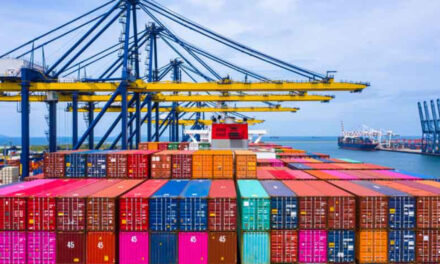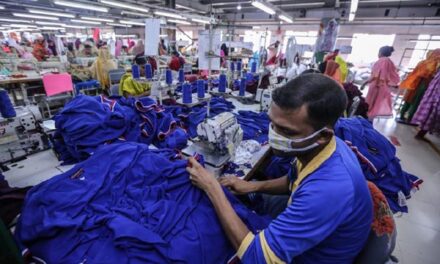 In 2023, India’s textile industry saw some significant moments of learning and a number of victories worth celebrating. Despite challenges, the sector showcased incredible resilience and growth. The industry’s penchant for innovation and its single-minded pursuit of world-class quality played a crucial role in its success, as it continued to meet the increasing demand for technical textiles.
In 2023, India’s textile industry saw some significant moments of learning and a number of victories worth celebrating. Despite challenges, the sector showcased incredible resilience and growth. The industry’s penchant for innovation and its single-minded pursuit of world-class quality played a crucial role in its success, as it continued to meet the increasing demand for technical textiles.
The government’s support through favourable policies and investments in research and development contributed immensely to the sector’s growth in the past year. With the launch of the PM Mega Integrated Textile Regions and Apparel (PM MITRA) textile parks, the textile industry is expected to witness a boost in foreign direct investment (FDI)/ green field investments by Indian players as well as job opportunities for the youth. Initiatives such as the Scheme for Capacity Building in the Textile Sector (SAMARTH) are playing a major role in creating a skilled, future-ready workforce for the textile sector.
Outlook 2024
The Indian textile industry is on an upward trajectory of impressive growth, which is projected at 10 percent CAGR from 2019-20 and set to soar to USD 190 billion by 2025-26. With a 4.6 percent slice of the global textile trade, India is sure to make a substantial impact on the world stage.
Strategies like ‘China + 1’ as well as India’s growing prominence as a manufacturing leader on the international stage are leading to an India-centric shift in global textile manufacturing dynamics. Looking ahead, we can anticipate some industry-wide trends that will significantly shape the narrative of 2024.
Technological innovations – including the integration of AI, automation, and robotics – will continue to drive efficiency and redefine industry standards. Owing to these emerging technologies, global supply chains stand on the cusp of digital transformation, with a promise of promoting transparency and traceability across the industry.
The spotlight on sustainable development is set to intensify as consumers become increasingly aware of the environmental and social impact of their purchasing decisions. It goes without saying that we can expect demand for sustainable products to rise in the near future.
As we strive for increased demand and a more stable market, I am confident that the lessons from 2023 have fortified us to meet the challenges and seize the opportunities that lie in the future.
Welspun As Sustainability Leader
In the coming year, Welspun Living will continue down its path as a sustainability leader, setting benchmarks for environmentally friendly practices in the textile sector. We aim to remain at the forefront of the textile industry’s journey towards sustainability, weaving this commitment into the very fabric of our operations.
Towards achieving our Science-Based Targets initiative (SBTi) target of net zero emissions by 2030; we have surpassed our goals for the previous year. We shall continue exceeding expectations next year as well. Along with this, we will remain steadfast in adopting sustainable production and consumption practices, with a commitment to rely on 100 percent renewable energy and source 100 percent sustainable cotton by 2030.










